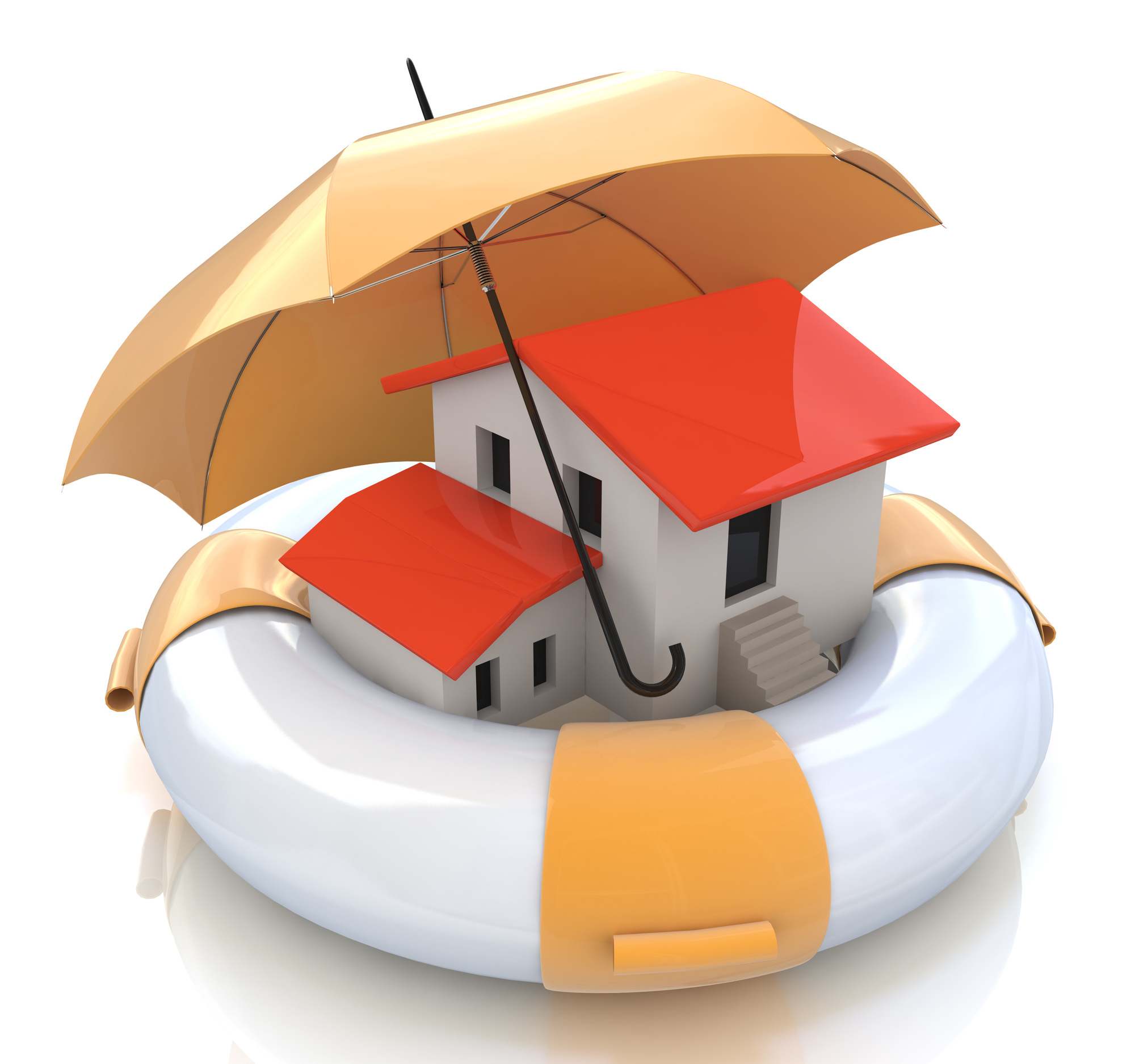If you’re considering flood insurance for your home, you could save yourself a lot of loss and expenses. Floods are the most common natural disaster, so even if you don’t live in a high-risk area, your home could still be susceptible to lower-risk types of flooding.
So what does flood insurance actually cover and how does it work? Here’s what you need to know.
1. What Exactly Is Flood Insurance?
If your home is at risk of water damage from flooding, you can use flood insurance to cover any losses sustained from the flood.
Flood insurance specifically applies to water disasters related to rain, snow, storms. However, it also covers other unnatural flood-related incidents such as faulty dams and drainage systems.
2. What Does Flood Insurance Cover?
Your insurance provider can offer you coverage for various personal and building properties. In general, flood insurance covers the exterior and interior features of your home.
Exterior Features:
Flood insurance covers the actual structure of your house and the foundation. Your detached garage is also included as an exterior feature covered by flood insurance.
Interior Features
Some of your home’s most integral features are covered by flood insurance. Major systems such as plumbing and HVAC (heating, ventilation, and air conditioning).
Your appliances are also included in flood insurance. So you can recover valuable kitchen appliances like your refrigerator, oven, microwave, and dishwasher. You can also get coverage for other appliances such as washing and drying machines.
Other expensive kitchen features like shelves and cabinets are also covered.
Personal Items
Similar to homeowner’s insurance, flood insurance also covers your personal belongings.
You can receive coverage for items such as jewelry and clothing.
3. Here’s What Flood Insurance Does Not Cover
There are various personal items that coverage policies typically exclude. Both external and internal home items may not qualify for coverage.
Valuables like cash, precious metals, or stock certificates are not included. Exterior items like fences, decks, swimming pools, and trees are also not covered.
4. How to Get Flood Insurance
You can get flood insurance through private homeowners’ insurance providers that are partnered with the National Flood Insurance Program (NFIP). Although this is a federal program, private insurance companies issue policies to homeowners independently.
Knowing what to spend and how to spend it isn’t always easy when you’re trying to recover the property. However, understanding the maximum coverage limits through federal aid should help.
The NFIP offers a maximum of $250,000 for single, detached homes or residential buildings with at least four units.
If you live in a residential building (excluding condominiums) containing at least five units, the building is issued up to $500,000 of coverage.
For both residential categories, a maximum of $100,000 in coverage is available for personal content.
While these limits apply to the NFIP, you may be able to get more coverage through an extended policy offered by your private insurance provider.
What Does Flood Insurance Cover?
Although some things are irreplaceable, flood insurance offers a way to recover what you can.
If you’re asking what does flood insurance cover, it’s a safeguard against total loss that covers a variety of valuable belongings you might otherwise have to recover yourself.
With floods, it’s best not to wait until an emergency to get insurance, so act swiftly if you think you need it.
If these flood insurance tips were helpful, we’ve got more practical living and home tips to check out on our site!

Leave a Reply